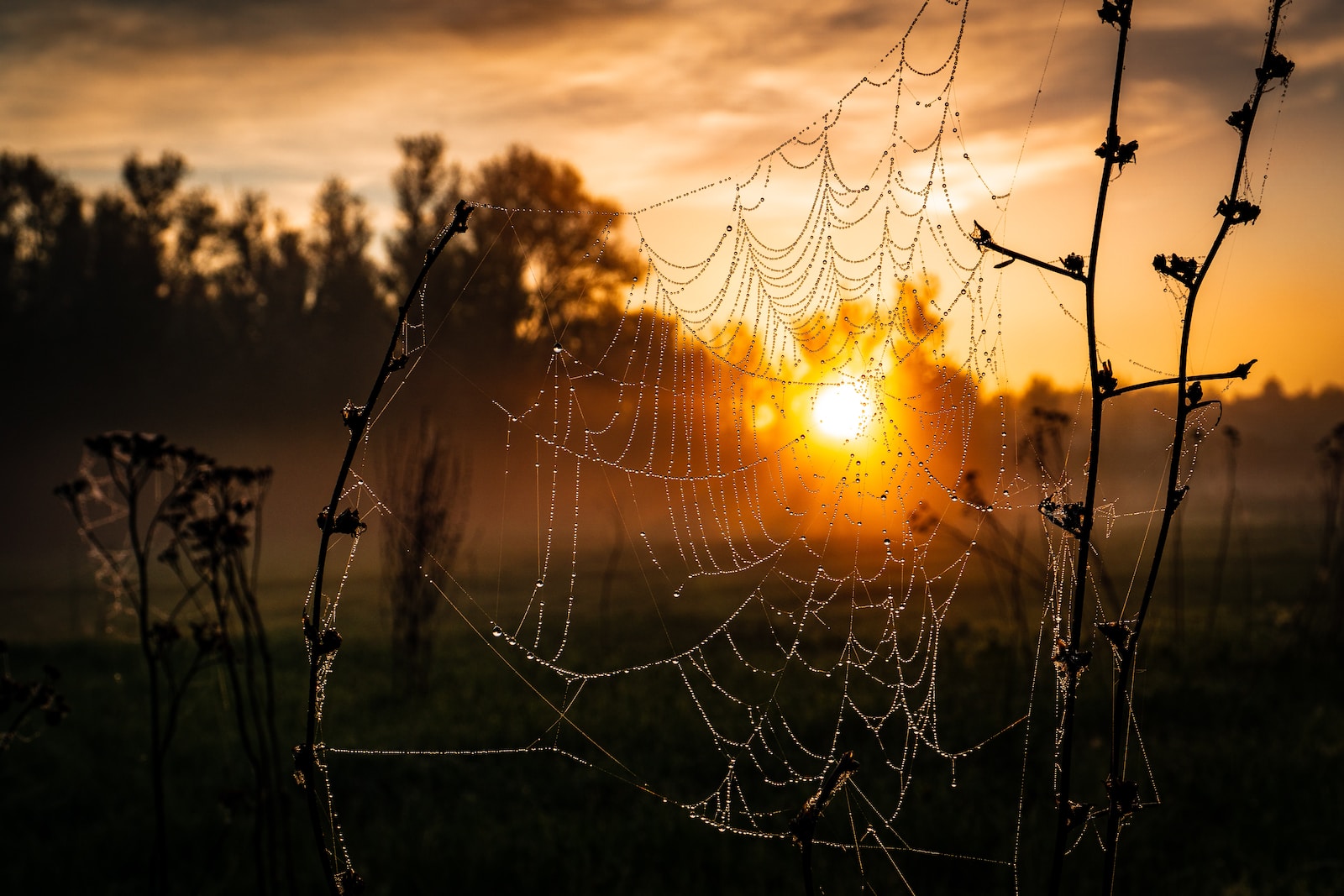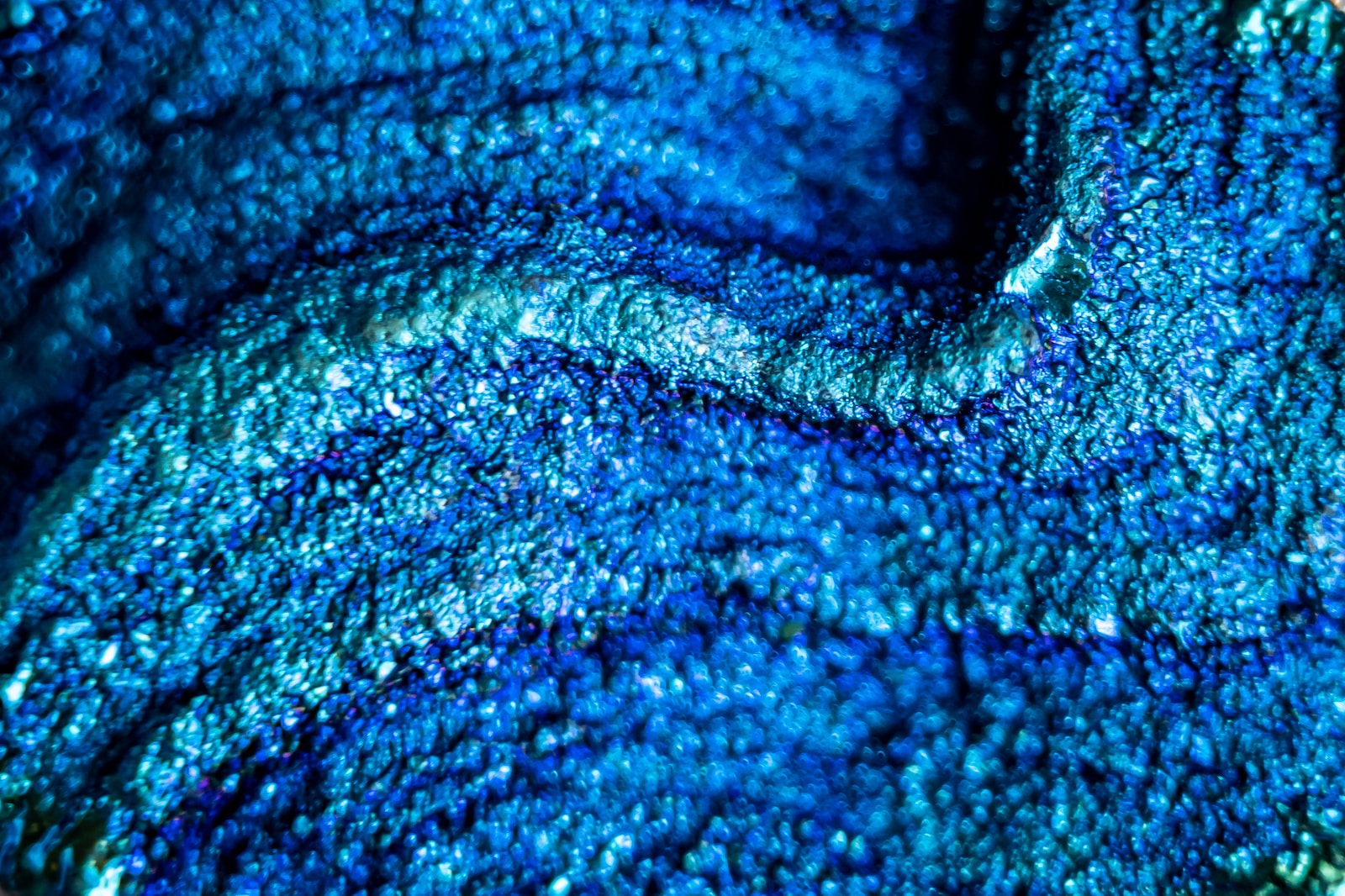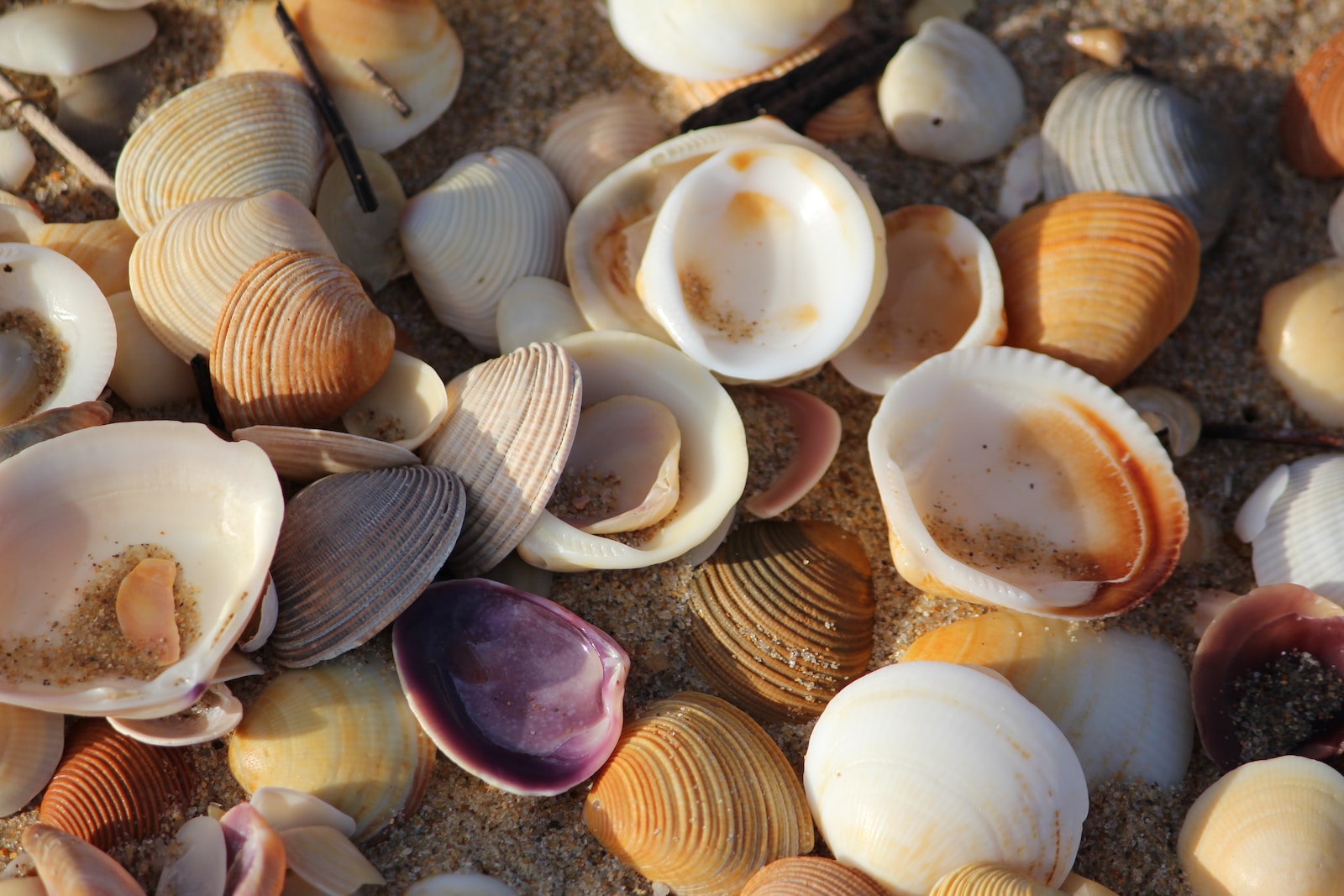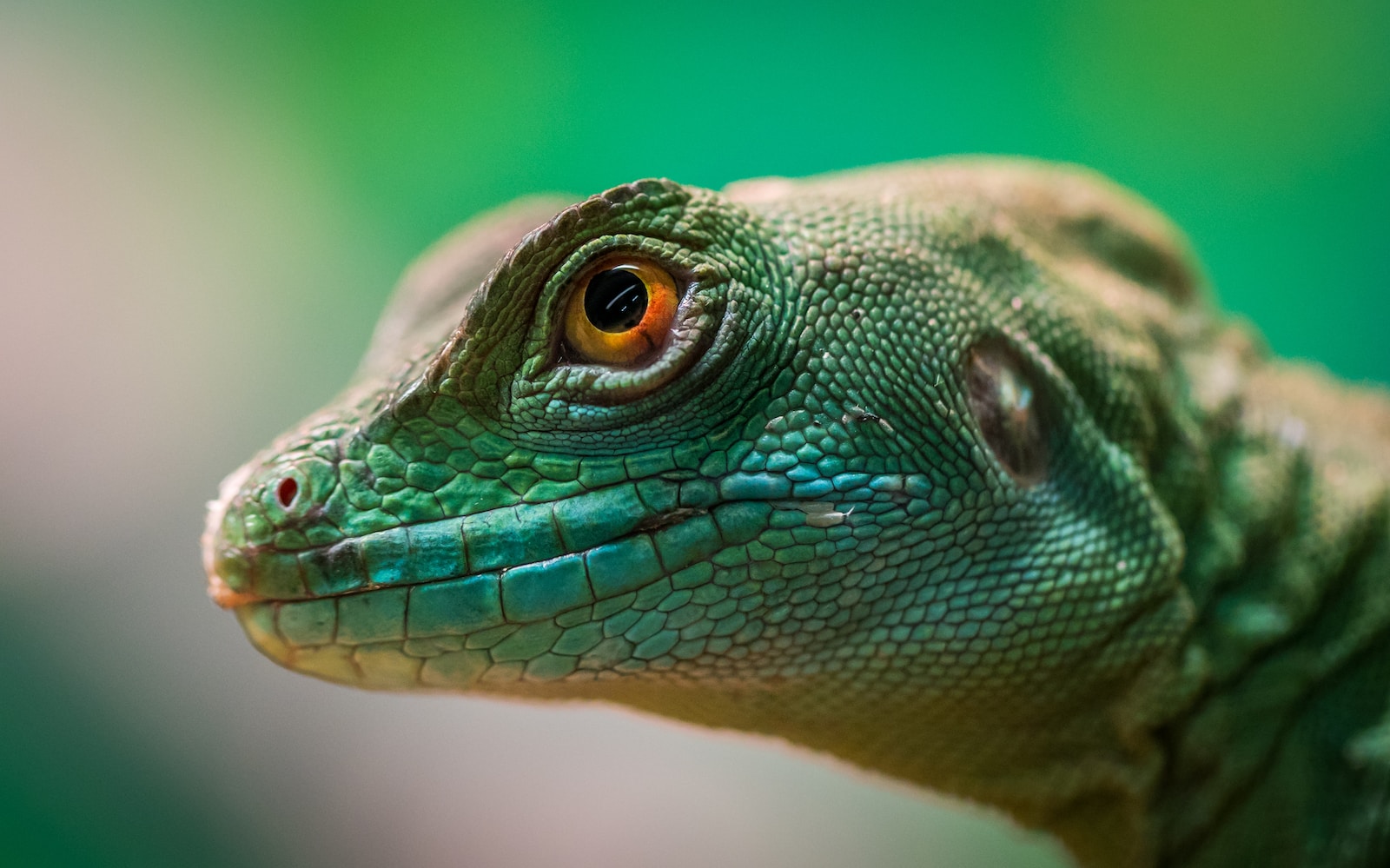Welcome to the fascinating world of macro photography! If you are passionate about capturing the intricate details of nature, then you are in for a treat. In this blog, we will delve into the enchanting realm of spider webs and how to capture them up close. Uncover the secrets of macro photography and master the art of shooting clear, detailed images that will leave you in awe. So grab your camera, buckle up, and let’s explore the mesmerizing world of spider webs through the lens of macro photography.
Table of Contents
- The Art of Macro Photography: A Closer Look at Spider Webs
- A How-To Guide: Mastering Macro Photography of Spider Webs
- Frequently Asked Questions
- 1. What is macro photography?
- 2. Why is macro photography popular for capturing spider webs?
- 3. What equipment do I need for macro photography of spider webs?
- 4. What are some techniques to capture clear and detailed spider web photos?
- 5. Are there any challenges in macro photography of spider webs?
- 6. Where can I find spider webs for macro photography?
- 7. How can I enhance my macro photography skills?
- 8. Is post-processing necessary for macro photography of spider webs?
- 9. Are there any ethical considerations when photographing spider webs?
- Wrap Up
The Art of Macro Photography: A Closer Look at Spider Webs
Spider webs are intricate creations of art and engineering, a symphony of precision and beauty. They are not just a means for spiders to catch their prey but have also captivated photographers for centuries. The delicate strands, the fine threads glistening with morning dew, and the complex patterns interwoven with perfection make them an ideal subject for macro photography.
Equipment for Macro Photography of Spider Webs
Before we embark on our macro photography journey, let’s ensure we have the right gear. To capture the finest details of spider webs, you will need a macro lens or extension tubes to achieve the necessary magnification. A sturdy tripod and a remote shutter release are essential to keep your camera steady and avoid any blurriness. Additionally, a reflector or diffuser can be useful for optimizing the lighting conditions.
Mastering the Techniques
Now that we have our equipment ready, let’s explore the techniques that will help us create stunning spider web photographs.
1. Finding the Perfect Spider Web
Locating the right spider web is crucial for capturing unique and captivating images. Look for webs with interesting shapes, captivating patterns, or ones adorned with dewdrops that catch the light. Early mornings or after a light rain are optimal times as they enhance the visual appeal of the spider webs.
2. Achieving Proper Focus
In macro photography, achieving sharp focus is paramount. Use manual focus and ensure you focus on the most interesting part of the web, such as a dewdrop or the center where the threads meet. Take your time to fine-tune the focus and ensure you capture every intricate detail.
3. Controlling Depth of Field
Controlling the depth of field is essential in macro photography. By using a wider aperture (smaller f-number), you can create a shallow depth of field, resulting in a beautiful, dreamy background blur while keeping the main subject in sharp focus. Experiment with different aperture settings to achieve the desired effect.
4. Lighting Considerations
Proper lighting can make or break a macro photograph of a spider web. Avoid harsh direct sunlight, as it can create strong shadows and washed-out colors. Instead, opt for diffused lighting conditions by shooting on overcast days or using a diffuser to soften the light. This will enhance the details and colors of the web, creating a more visually appealing image.
5. Composition and Framing
When composing your spider web photograph, consider the overall aesthetic appeal. Experiment with different angles, perspectives, and framing techniques. Keep in mind the Rule of Thirds, leading lines, and symmetry to create visually pleasing and captivating compositions.
6. Patience and Persistence
Macro photography requires patience and persistence. Spider webs can be delicate and easily disturbed, so take your time to set up your shot and ensure a stable shooting environment. Don’t rush the process; the perfect shot often comes to those who wait.
Did you know that spider silk is one of the strongest natural fibers, pound for pound?
Bringing the Magic to Life: Editing and Post-Processing
Once you’ve captured your stunning spider web images, it’s time to bring them to life through editing and post-processing. Here are some tips to enhance the visual appeal:
1. Adjusting Contrast and Sharpness
Make small adjustments to contrast and sharpness to emphasize the intricate details of the spider web without creating an artificial look. Be subtle and aim for a natural result.
2. Enhancing Colors
Adjusting the saturation and vibrance can help enhance the colors of the spider web, particularly if you shot during overcast conditions.
3. Removing Distractions
Clean up any distracting elements in the background, such as twigs or leaves, to keep the focus on the spider web itself. Use tools like the clone stamp or healing brush in your editing software to achieve a clean result.
4. Experimenting with Black and White
Spider webs can be particularly striking in black and white. Play around with different black and white conversion techniques to create a dramatic and timeless image.

A How-To Guide: Mastering Macro Photography of Spider Webs
Macro photography allows us to explore and capture the intricate details of nature like never before. Whether you’re a professional photographer or just starting out, understanding the techniques required to capture stunning images of spider webs can be both challenging and rewarding. In this guide, we will delve into the world of macro photography and provide you with expert tips, equipment recommendations, and techniques to ensure you capture clear, detailed images of spider webs.
Choosing the Right Equipment
Before you embark on your macro photography journey, it’s essential to have the right equipment in your arsenal. Here are a few must-haves for capturing close-up images of spider webs:
- 1. Macro lens: A dedicated macro lens is essential to get up close and personal with the intricate details of spider webs. Look for a lens with a focal length between 90mm to 105mm for optimal results.
- 2. Tripod: To ensure your images are sharp and free of blur, invest in a sturdy tripod. This will help stabilize your camera and minimize camera shake.
- 3. Remote shutter release: A remote shutter release is useful for minimizing camera movement and vibrations when capturing spider webs up close.
- 4. Flash or external lighting: Spider webs often have intricate details that may require additional lighting to bring out the nuances. Consider using an external flash or diffused lighting setup to illuminate the subject effectively.
Techniques for Shooting Spider Webs
Now that you have the necessary equipment, let’s explore some techniques to help you capture stunning spider web images:
- 1. Find the perfect web: Search for spider webs in natural environments such as gardens, forests, or even inside your own home. Look for webs with intricate patterns and details to create compelling compositions.
- 2. Use manual focus: When shooting macro, opt for manual focus to ensure precision. Adjust the focus ring until the web appears tack sharp in your viewfinder or LCD screen.
- 3. Experiment with different angles: Get creative with your compositions by exploring various angles and perspectives. Get down on the ground to capture the web from a low angle or try shooting from above to showcase the web’s intricate patterns.
- 4. Pay attention to lighting: Lighting is key in macro photography. Avoid shooting in harsh sunlight, as it can create harsh shadows and blow out details. Instead, opt for soft, diffused lighting to highlight the delicate strands of the web.
- 5. Utilize depth of field: Achieving the desired depth of field is crucial in macro photography. Use a narrow aperture (high f/stop value) to ensure the entire web is in focus, or experiment with a wider aperture to create a shallow depth of field and isolate specific details.
- 6. Be patient and take multiple shots: Macro photography requires patience and trial and error. Take multiple shots from different angles and settings to increase your chances of capturing the perfect image.
With these techniques in mind, you’re now ready to embark on your macro photography journey of capturing spider webs. Remember, practice makes perfect, so don’t get discouraged if you don’t achieve stunning results right away. Keep experimenting and refining your skills, and soon you’ll be capturing breathtaking images of nature’s intricate details. Happy shooting!
Frequently Asked Questions
1. What is macro photography?
Macro photography is a specialized genre that focuses on capturing close-up images with intricate details of small subjects, such as spider webs, flowers, insects, or other nature details.
2. Why is macro photography popular for capturing spider webs?
Macro photography allows you to reveal the intricate beauty of spider webs that often goes unnoticed by the naked eye. It enables you to showcase the delicate details and patterns of these natural creations in stunning clarity.
3. What equipment do I need for macro photography of spider webs?
To capture stunning macro images of spider webs, you’ll need a DSLR or mirrorless camera with a macro lens or extension tubes for close focusing. A tripod and remote shutter release can also be helpful for stability and reducing camera shake.
4. What are some techniques to capture clear and detailed spider web photos?
Here are a few techniques for capturing clear and detailed macro photos of spider webs:
– Use a small aperture (high f-stop) for a larger depth of field.
– Ensure proper lighting with diffused light or using a ring flash.
– Find the right angle and distance to highlight the intricate details.
– Use manual focus and focus stacking to achieve maximum sharpness.
5. Are there any challenges in macro photography of spider webs?
Macro photography of spider webs can present certain challenges, such as dealing with the wind that can cause vibrations and blur the image. Patience and persistence are key to capturing the perfect shot. Additionally, finding the right lighting conditions and navigating complex compositions can also be challenging.
6. Where can I find spider webs for macro photography?
Spider webs can be found in various outdoor locations, such as gardens, parks, forests, and even in your own backyard. Look for areas with high spider activity, early mornings or after rain when webs are more likely to be adorned with dew or other small insects.
7. How can I enhance my macro photography skills?
Improving your macro photography skills takes practice and experimentation. Here are a few tips to enhance your macro photography:
– Study and observe the work of expert macro photographers.
– Experiment with different lighting techniques and compositions.
– Use a tripod for stability and steady shots.
– Explore different angles and perspectives to add uniqueness to your images.
– Join online photography communities or take part in workshops to learn from others.
8. Is post-processing necessary for macro photography of spider webs?
Post-processing can significantly enhance your macro images. Basic adjustments like cropping, color correction, and sharpening can bring out the finer details. Software like Adobe Lightroom or Photoshop can help to fine-tune your images, but it’s important to maintain a natural and authentic representation of the subject.
9. Are there any ethical considerations when photographing spider webs?
When photographing spider webs or any natural subject, it’s crucial to be respectful and mindful of the environment. Avoid damaging the webs or interfering with the spiders. Take care not to disturb the natural balance of the ecosystem and always leave the location undisturbed.
Wrap Up
In conclusion, macro photography allows us to delve into the captivating world of spider webs and capture their intricate details. By understanding the equipment needed and implementing the right techniques, you can take stunning close-up shots that reveal the hidden beauty of nature.
So, grab your camera, explore the great outdoors, and get up close to spider webs. Immerse yourself in the fascinating world of macro photography, where every detail matters. Don’t be afraid to experiment, push your boundaries, and capture the magic that lies within these delicate structures.
I would love to hear about your experiences with macro photography and spider web shots. Share your thoughts, tips, and stunning images in the comments below. Let’s continue to learn and grow together in this mesmerizing realm of nature details.



